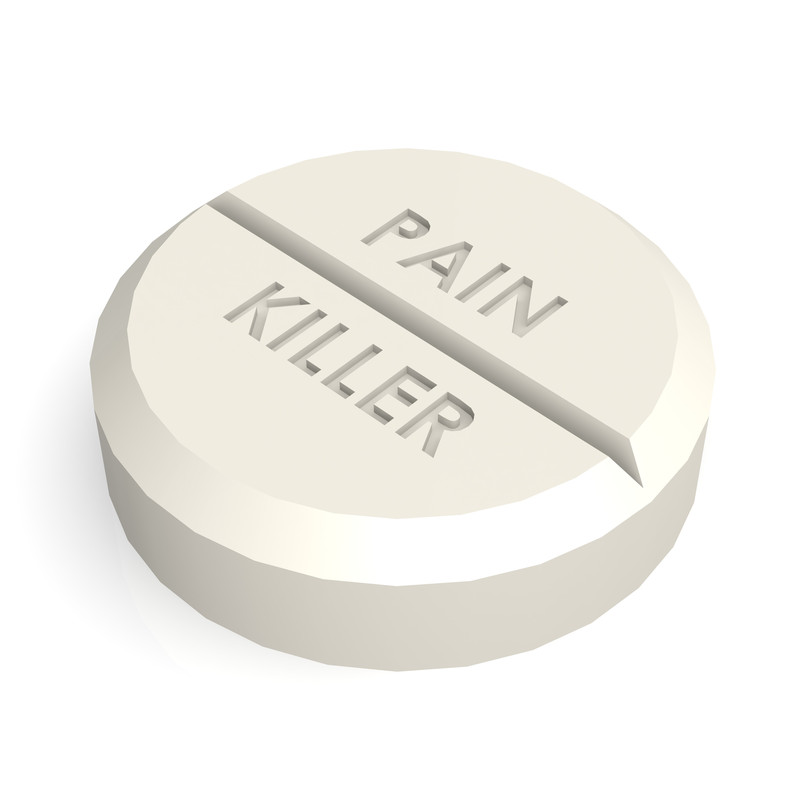
Each year there are millions of people who suffer from chronic pain. Many of them head to the doctor’s office to see what can be done, only to come home with a prescription for opioids, which are commonly used pain killers. In fact, the Centers for Disease Control and Prevention (CDC) reports that since 1999, the number of opioid prescriptions filled in the country has quadrupled, yet they have not found a change in the amount of pain that people in the country experience (1).
Added to the rate of opioid prescriptions being filled are the number of people who are becoming addicted to them each year, as well as those who are overdosing on them, and it is clear to see there is a real public health issue that needs to be addressed. They report that every day in the country there are 44 people who die from an overdose of prescription painkillers, and that in the last 14 years there have been half a million people die in the country as a result. Not only have these statistics made the CDC sit up and take notice, but it has also made them announce that they are revising the recommendations regarding opioid prescriptions as a whole.
In the December 2015 issue of The BMJ (The British Medical Journal), they report that the CDC has issued a new guideline stating that the opioids should be issued for chronic pain only, and then only as a last resort. They advise that when giving patients a prescription for opioids for their chronic pain, the benefits of doing so must outweigh the risks to the patient. Those risks include drug abuse, dependence, overdose, and even death that is associated with using them long term (2).
What the CDC recommends for those who suffer from chronic pain are non-opioid approaches, such as engaging in psychological, physical, and other non-drug-related therapies (3). There are many options that people can include in their plan for managing chronic pain, including such techniques and therapies as using guided imagery, meditation, yoga, and acupuncture. By putting together a plan of techniques that will help to bring about some pain relief and help people to become more tolerant of it, they can address their needs while avoiding the opioids.
If you are taking opioids for your chronic pain it’s a good time to have a discussion with your doctor about whether or not the benefits of taking them outweigh the risks. Also, take some time to learn more about other complementary therapies that can be beneficial in helping with chronic pain management. Taking steps to move away from prescription pain killers and making them a last resort is not only what the CDC recommends, but it will also help you work through the pain without having all of the serious risks associated with using prescription pain killers.
Sources:
- CDC. Injury Prevention and Control: Prescription Drug Overdose. <www.cdc.gov/drugoverdose/>
- The BMJ. BMJ 2015; 351 <http://www.bmj.com/content/351/bmj.h6905.long>
- The BMJ. BMJ 2015; 351 <http://www.bmj.com/content/351/bmj.h6905.long>







